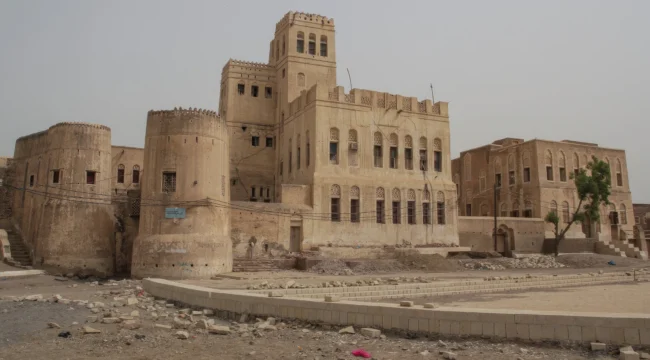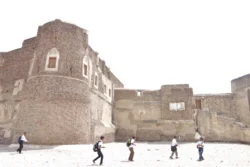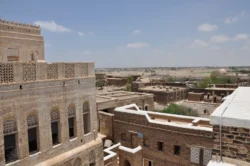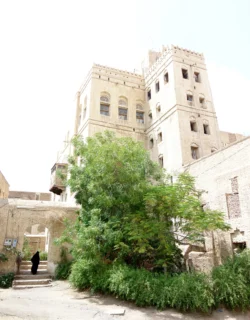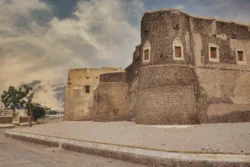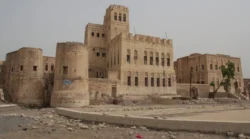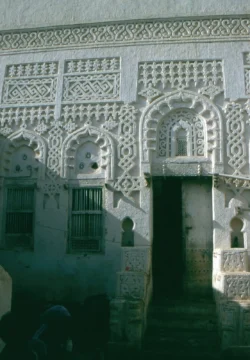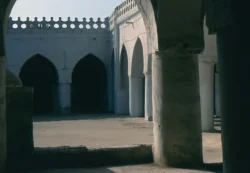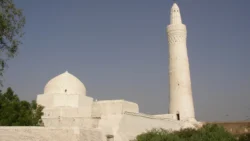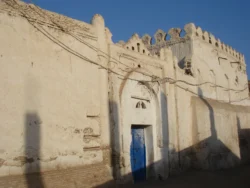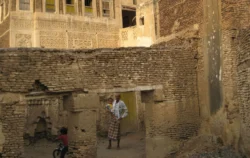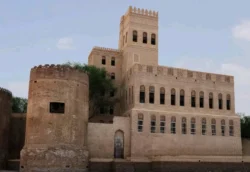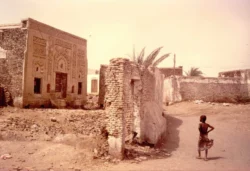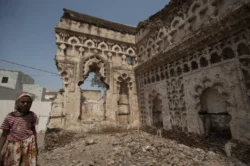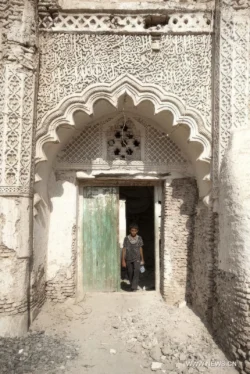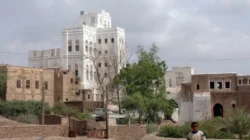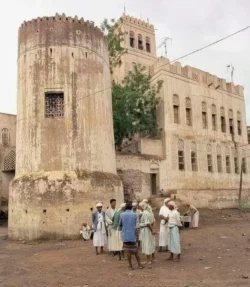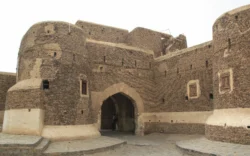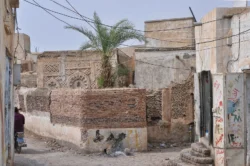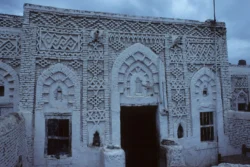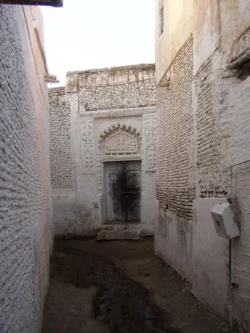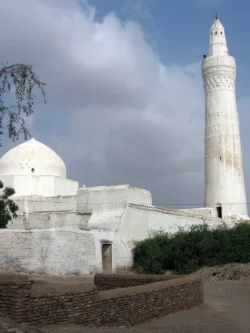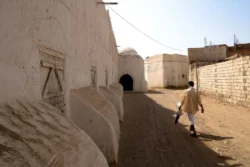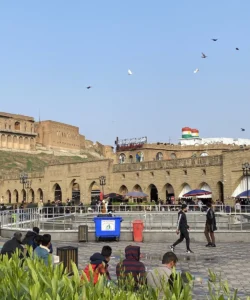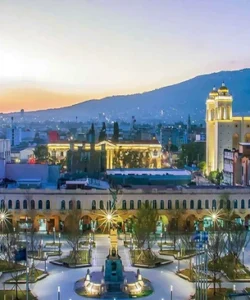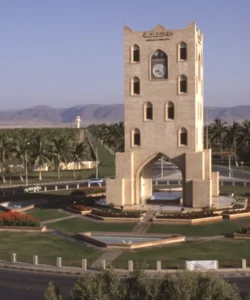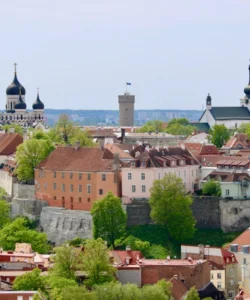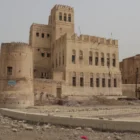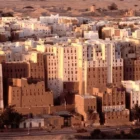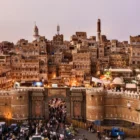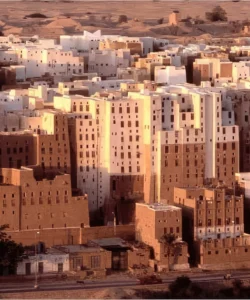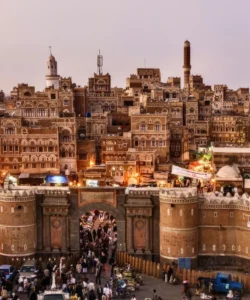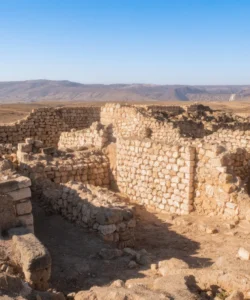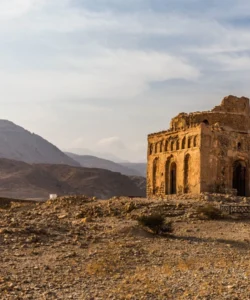Zabid, officially known as the Historic Town of Zabid, is an extraordinary city located on Yemen’s western coastal plain, in the Tihama region. It is globally recognized as a UNESCO World Heritage Site, renowned for its outstanding domestic and military architecture, its unique urban plan, and its historical role as a significant center for Islamic learning.
Listen to an introduction about Historic City of Zabid
Name and Address
- Name: Zabid (also spelled Zabīd, Zabeed, and Zebid)
- Address: Western coastal plain, Al Hudaydah Governorate, Yemen.
How to Get There
Important Note: Travel to Yemen, including Zabid, is currently extremely difficult and unsafe for general tourism due to ongoing conflict and political instability. Most countries advise against all travel to Yemen. The information below is for historical and contextual understanding and is not a recommendation for travel.
- By Air: The closest major international airport would be in a neighboring country (e.g., Oman or Egypt), with very limited or no direct flights to Yemen.
- By Road: Access to Zabid by road is highly precarious and would require navigating through areas of conflict. Private transport with armed escorts is typically necessary for any travel within the region, and even then, safety cannot be guaranteed.
- On-Site: Zabid is a circular, fortified town with narrow, often closed streets, making it best explored on foot.
Landscape and Architecture
Zabid’s architecture is a remarkable example of a homogeneous urban ensemble that reflects the spatial characteristics of early Islam, highly adapted to its tropical coastal environment.
- Urban Plan: The city has a unique circular, fortified plan with a complex network of narrow streets and alleys, some as little as 2 meters wide, occasionally opening into small squares. This layout harmonized the typical Islamic town’s design with a central mosque and souq, ensuring privacy for houses.
- Domestic Architecture: The most characteristic example of the Tihama style of courtyard house is found here. These houses are typically built with rectangular rooms opening onto irregularly shaped courtyards, surrounded by high, blank walls on the street side. Wealthier homes feature elaborate carved facades, niches, and decorated interiors.
- Mudbrick and Fired Brick Construction: While some humbler structures are made of mudbrick, the predominant material is fired brick, often covered with stucco and periodically whitewashed. Many buildings feature intricate carved brick and stucco decoration.
- Mosques and Madrasas: Zabid boasts the highest concentration of mosques in Yemen, with some 86 in total. Many of these are simple brick structures, but some, particularly the 14 madrasas (Islamic schools) from the Rasulid period, showcase elaborate architectural and decorative features, including distinctive minarets and monumental portals. The Al-Asha’ir Mosque, believed to be one of the earliest mosques in Islam, is a significant site.
- Defensive Features: The town was historically fortified with a thick wall, four main gates (such as Al-Tabariq, Gulaifiqah, Siham, and Al-Kartab), watchtowers, and a citadel, reflecting its military importance.
- UNESCO World Heritage Site: Zabid was inscribed on the UNESCO World Heritage List in 1993 but has been listed as “World Heritage in Danger” since 2000 due to the deteriorating state of its historic buildings and the impact of modern developments and conflict.
What Makes It Famous
- Center of Islamic Learning: For many centuries, particularly from the 13th to the 15th, Zabid was one of the most eminent academic centers of the Islamic world, attracting scholars from across the globe to its famed Islamic university and numerous madrasas.
- Capital of Yemen: It served as the capital of Yemen from the 13th to the 15th centuries, playing a crucial political and economic role in the region.
- Unique Urban Plan and Architecture: Its distinctive circular layout and homogeneous architectural ensemble of traditional houses and mosques, highly adapted to its tropical climate, make it an outstanding example of early Islamic urbanism.
- Historical Resilience: The city has a long history of flourishing, even after being sacked and rebuilt multiple times, demonstrating its enduring importance.
- Archaeological Significance: Its domestic and military architecture, urban plan, and defensive structures make it an outstanding archaeological and historical site.
Differences from Some Other Wonders
- Focus on Islamic Scholarship: Unlike many ancient wonders known for their monumental secular structures or pagan temples, Zabid’s fame is deeply rooted in its role as a preeminent Islamic university city and a center for the spread of Islamic knowledge.
- Homogeneous Urban Fabric: While cities like Ephesus showcase grand individual Roman structures, Zabid is unique for its homogeneous architectural ensemble and urban plan, reflecting a consistent traditional Tihama style across its entire fabric, rather than a collection of diverse monumental buildings.
- Mud and Brick Vernacular: In contrast to the stone and marble constructions of many wonders, Zabid’s architecture is predominantly built from fired brick and mudbrick, showcasing a vernacular engineering highly adapted to its local environment and climate.
- “Living” Endangered Site: Unlike ancient ruins that are primarily archaeological parks, Zabid remains a living city, though its historic character is severely threatened by modern encroachments and ongoing conflict, leading to its “World Heritage in Danger” status. This highlights a critical, ongoing preservation challenge.
Historic City of Zabid Photos:
